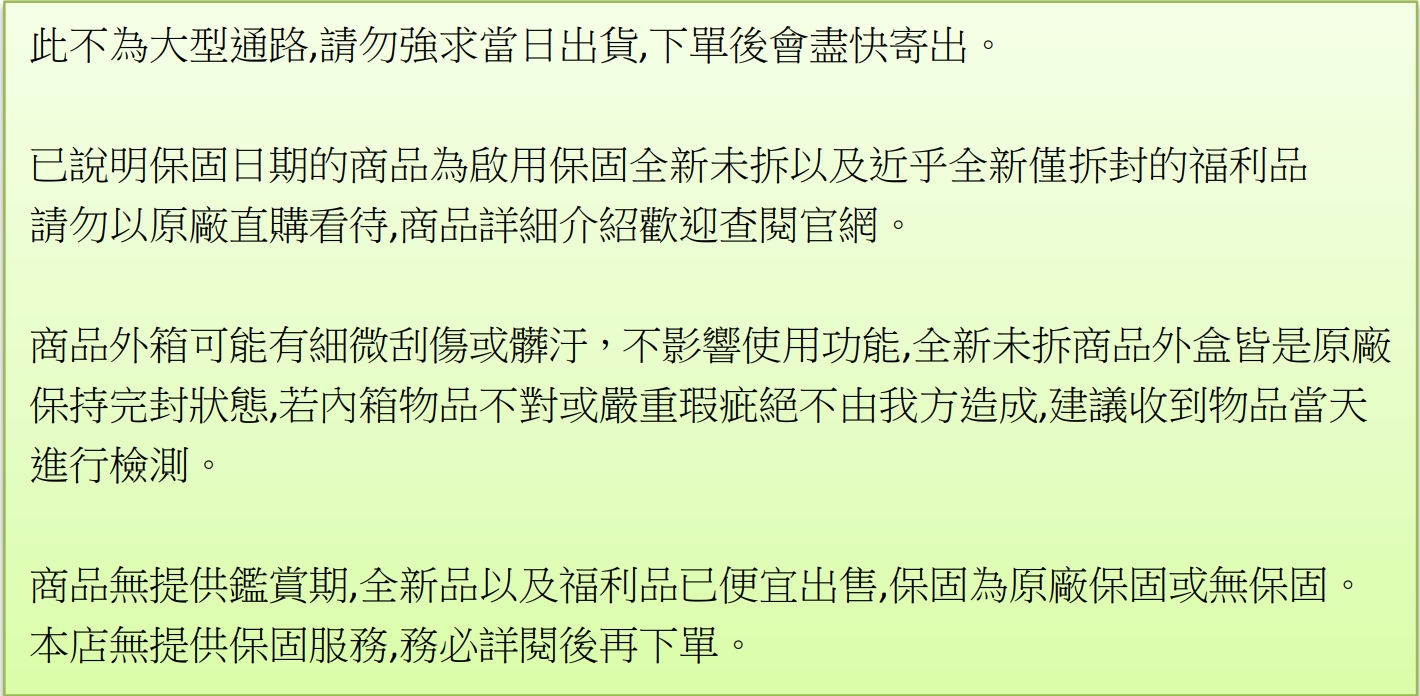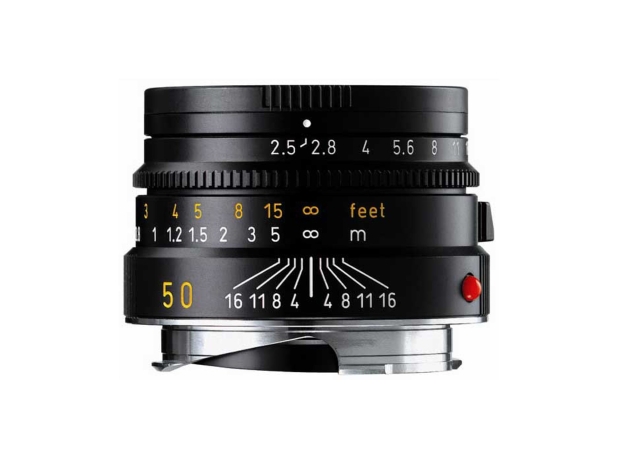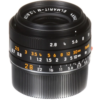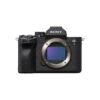Powerful, lightweight and designed to be easy to operate, the LEICA SUMMARIT-M 50 mm f/2.5’s applications are as varied as life itself. It corresponds closely to the field of vision and viewing patterns of the human eye and offers an impressively neutral and natural perspective. On analog cameras, it is a brilliant standard lens while on the digital LEICA M8, its 67 mm equivalent focal length makes it ideal for portraits or picking out precise details.
The smallest new Summarit-M
The 50 mm Summarit-M is tailor-made for everyday photography. Its lens speed is perfectly adapted for all common applications. It is an updated double-Gauss six-element construction based on our tried and tested design. All of this means that this particular Summarit-M makes the Leica M easier to experi ence than ever before, without cutting any corners in terms of optical performance.
Convincingly realistic perspective
Not just beneficial for portraits, but for all shots at full aperture, the shallow depth of field of this lens makes the main subject stand out from the background. This results in pictures with enhanced impact and out-of-focus areas that have a pleasant, natural smoothness.
Small on the outside, quality on the inside
Even at full aperture, the lens offers outstanding results with excellent contrast over almost the entire image field. At the extreme edges of the field – which are not captured by the slightly smaller format of the digital LEICA M8 – the performance can be improved by stopping down to 5.6. Even at close range, these excellent results are largely maintained.
Optimum image correction
The LEICA SUMMARIT-M 50 mm f/2.5 has a traditional double-Gauss construction made up of six lens elements in four groups, arranged symmetrically. As a result, it provides an outstandingly flat image field and excellent correction for chromatic aberrations and distortion.
Maximum measurable vignetting in the corners of the field is around 1.7 stops at full aperture in the 35 mm format. Stopping down to 5.6 significantly reduces this light falloff at the periphery of the image to around to stop. On the digital LEICA M8, it is compensated automatically. The very slight pincushion distortion is negligible in almost all applications.

- Leica Order No. – 11644
- Production era – 2007-2014 – superseded by 50mm f/2.4 Summarit-M
- Angle of view (diagonal, horizontal, vertical) – For 35 mm (24 x 36 mm) : 47 deg, 40 deg, 27 deg, – for LEICA M8 (18 x 27 mm) : 36 deg, 30 deg, 20 deg, corresponds to a focal length of approx. 67 mm with 35 mm-format
- Number of lenses /groups – 6 /4
- Focusing range – 0.8 / 2.6 ft to ∞
- Aperture / type – f /2.5 – f /16 – Setting/Function Preset, with click-stops, half values available / 9-blade
- Smallest object field/Largest reproduction ratio – For 35 mm, approx. 338 x 508 mm /1:14.1 = for LEICA M8, approx. 254 x 380 mm /1:14.1
- Position of entrance pupil – (from apex of 1st lens element) 28.0 mm / 1.1 in
- Scales – Combined meter/feet graduation
- Lens mount – Leica M quick-change bayonet with 6 bit lens identification bar code for digital M models
- Filter mount/Lens hood – Non-rotating, internal thread for screw-on filters size E39, external thread with stop for lens hood, protection ring for external thread included in delivery
- Accessories – Hood: 12459
- Viewfinder – Camera viewfinder
- Material – Anodized aluminum, brass and optical glass
- Length to bayonet flange – approx. 33.0 mm / 1.3 in
- Largest diameter – approx. 51.5 mm / 2 in
- Weight – approx. 230 g / 8.1 oz
- Inscription – LEICA SUMMARIT-M 1:2.5/50 E 39 (serial no.)












